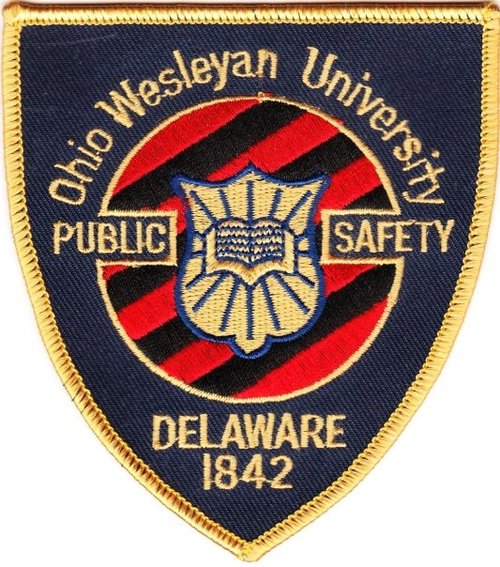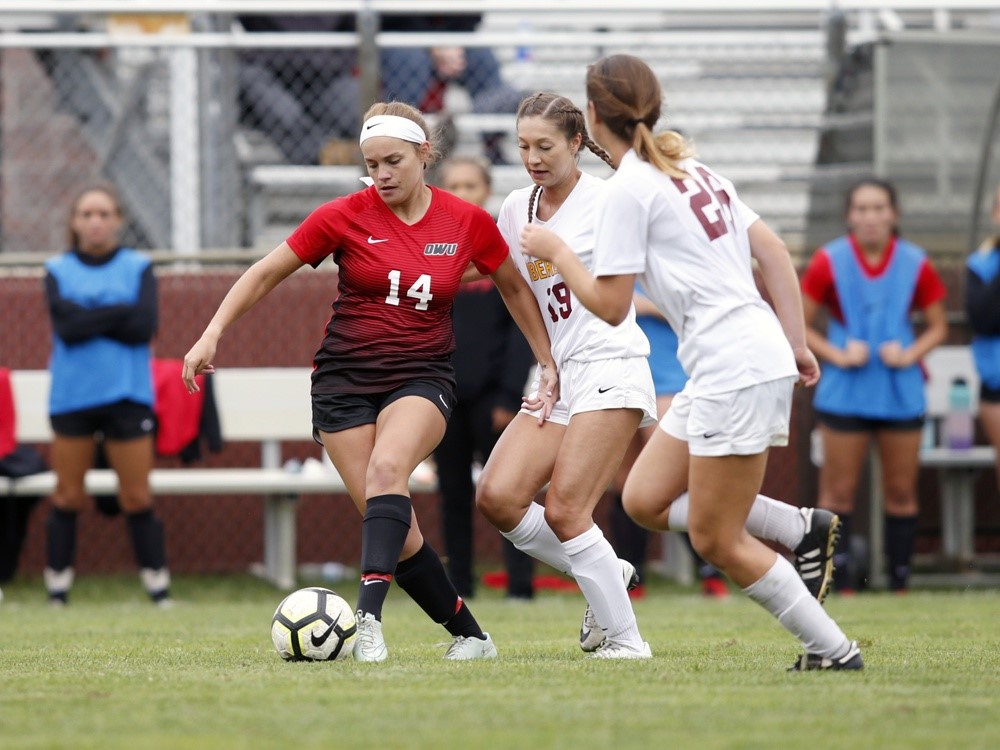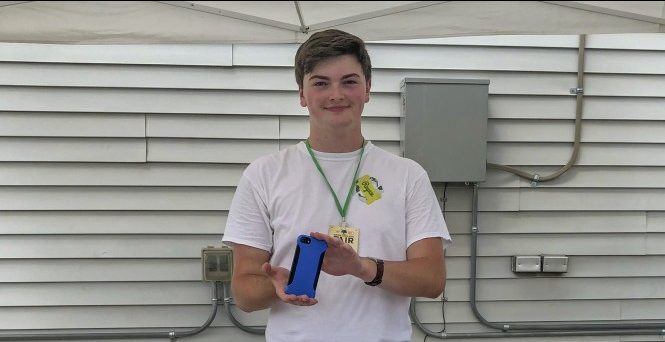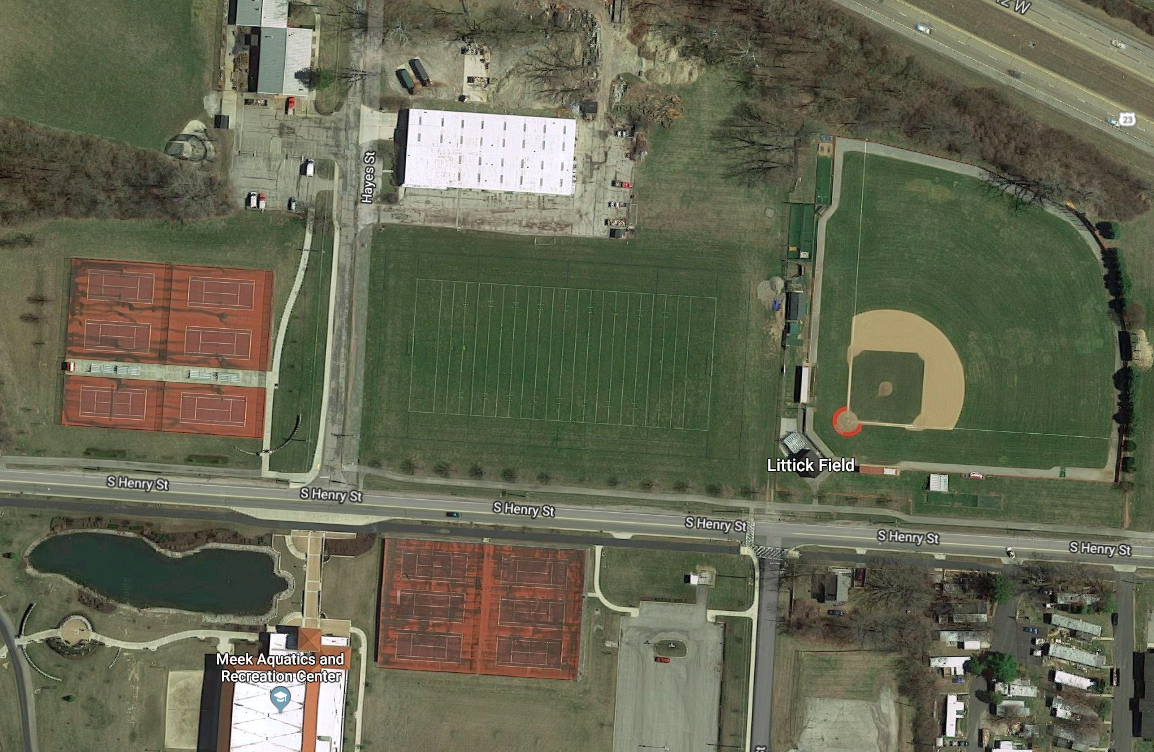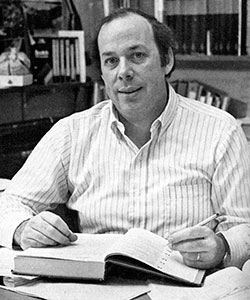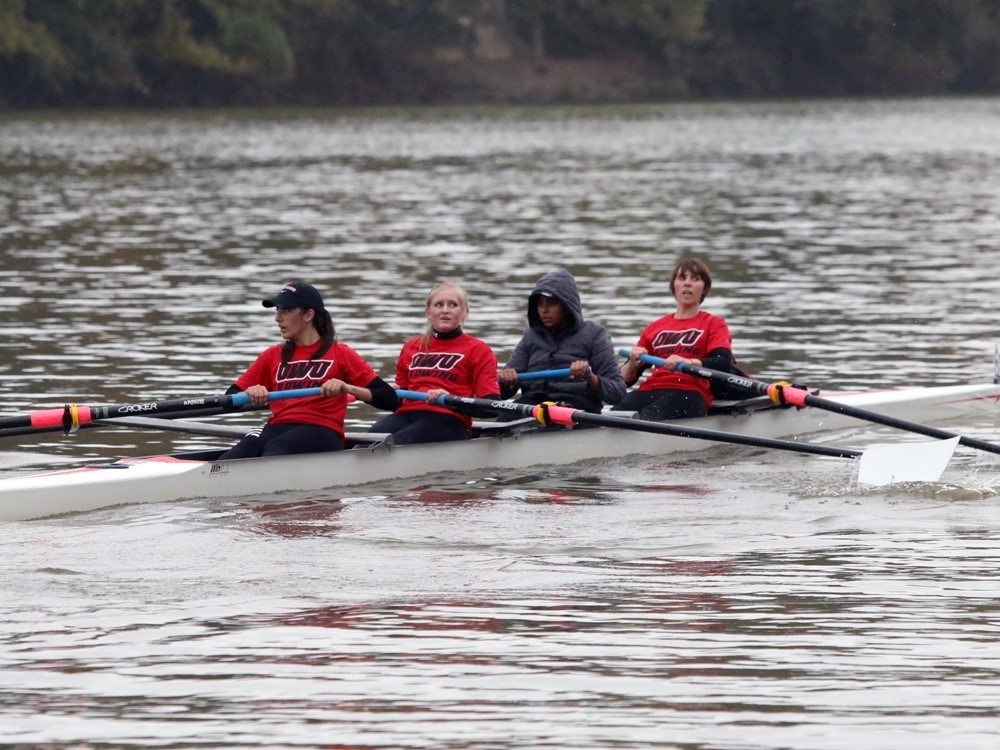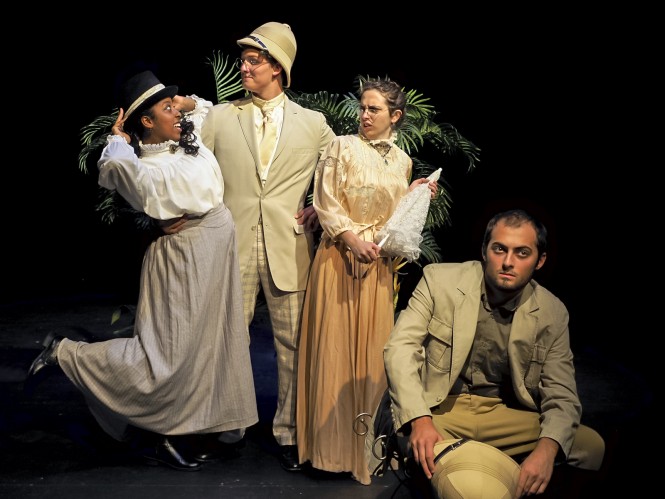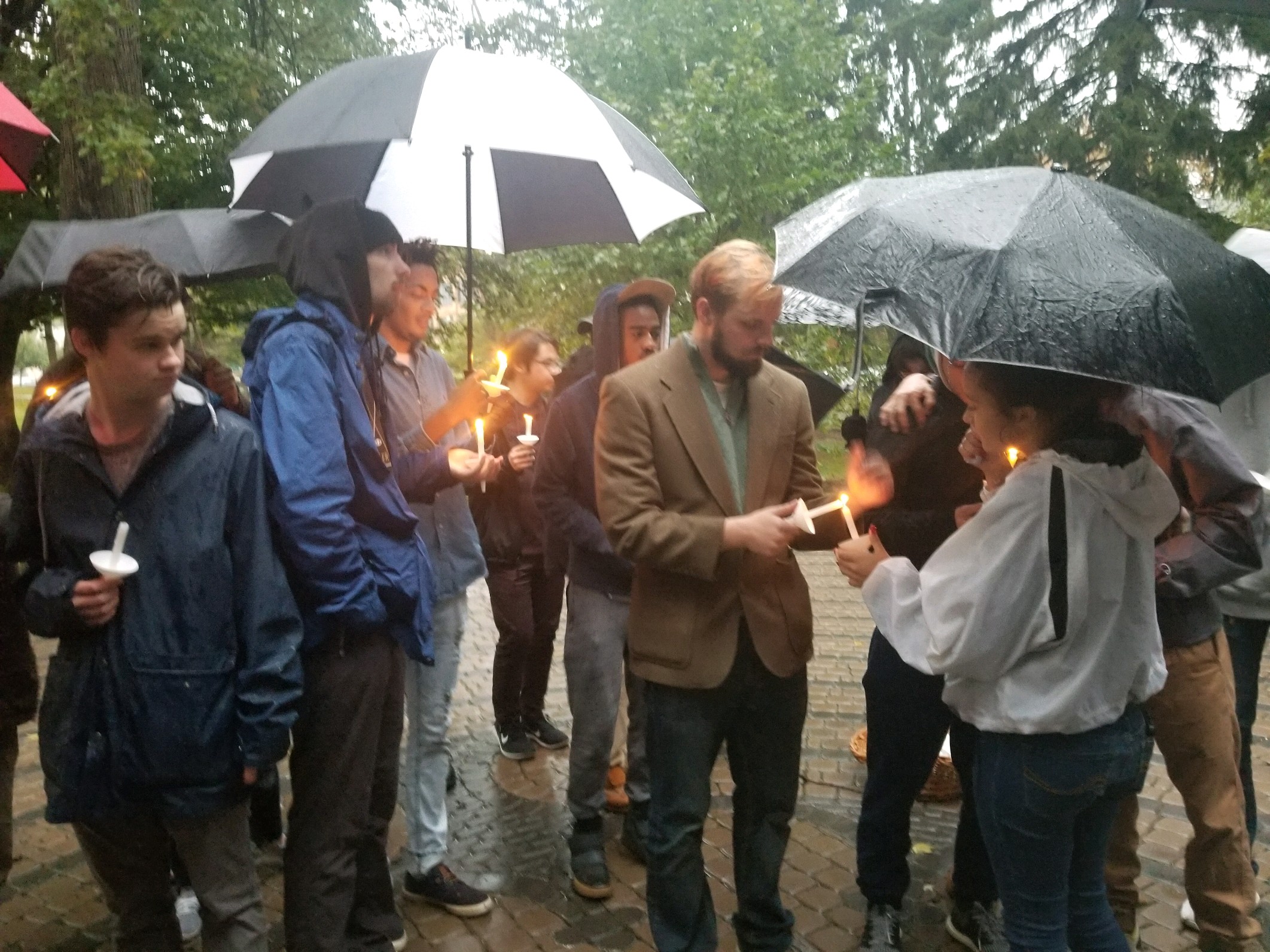By Minkyu Jung, Transcript Correspondent
Usage of drugs on Ohio Wesleyan University’s
grounds have been steady, but staff and public safety are doing everything they can to contain and limit the situation.
Interviews with Robert A. Wood, director of the university’s public safety, and Eli Reed, resident assistant of Stuyvesant Hall showed that while the usage of illegal drugs are still ongoing within the school grounds, both groups are doing what they can to inhibit such uses. The Ohio Wesleyan University annual security and fire safety report is also in sync with what the interviewees said.
Both Wood and Reed confirmed that there has been usage of illegal drugs in the university’s grounds. Eli recalled that he did notice occasional smell of marijuana on weekends even before he became resident assistant, and became more aware since he became one. Wood said that the usage rate of marijuana was second only to alcohol.
The report’s statistic also showed 13 arrests on drug law
violations alone in 2017.
“The number one drug we see most abused is alcohol…marijuana is number two,” Wood said.
Wood also showed the public safety’s stance toward
drug use inside the university campus.
“Obviously the illegal use of narcotics must be dealt
with according to both criminal law as well as student
conduct requirements,” Wood said.
According to Wood and Reed, the university’s staff and public safety are doing everything they can to re-
strain the usage of drugs. There are multi-office cooperation, regular patrols, and even room searches for pin-
pointed rooms.
“Yes, many offices play a part in helping (…) counseling, student conduct, dean’s office almost all play some part in helping to control the drug problem on campus,”
Wood said.
“Our duty as RAs is, if we can pinpoint odor to a
specific room during rounds, or even outside of rounds…
then you are to call public safety right away, and they
take care of it,” Reed said.
